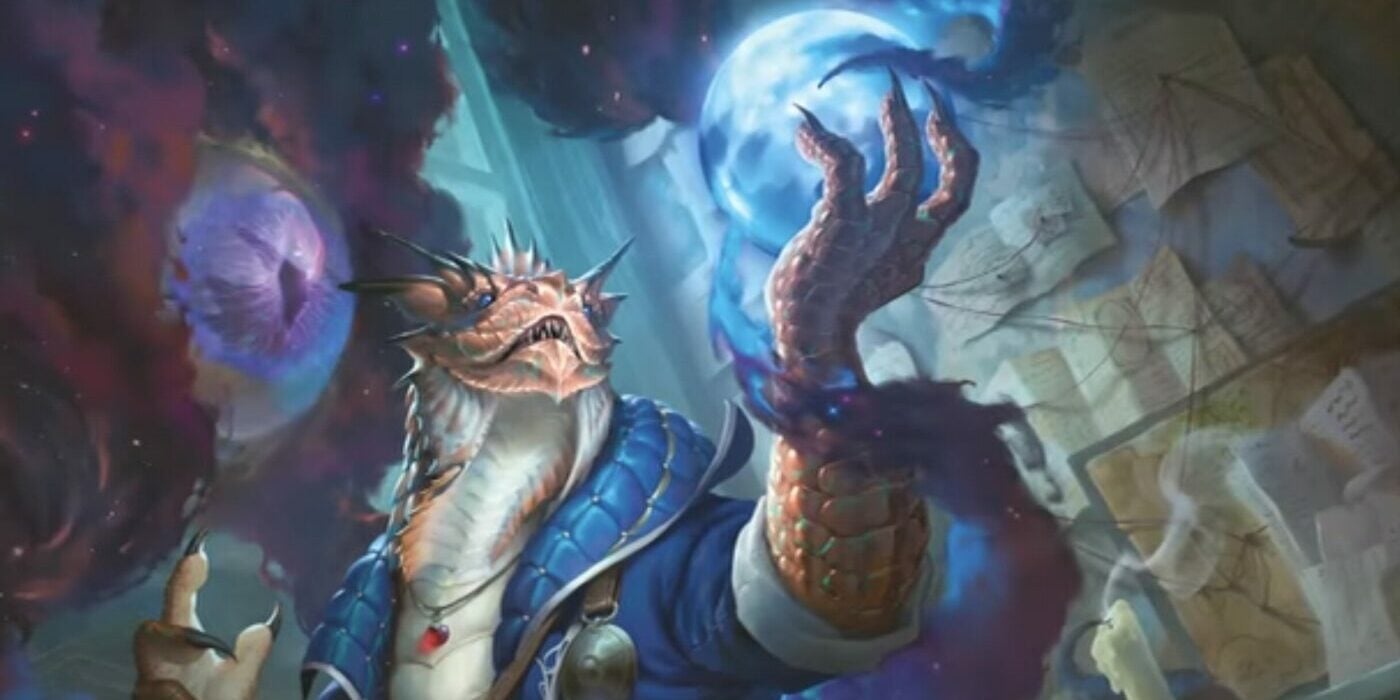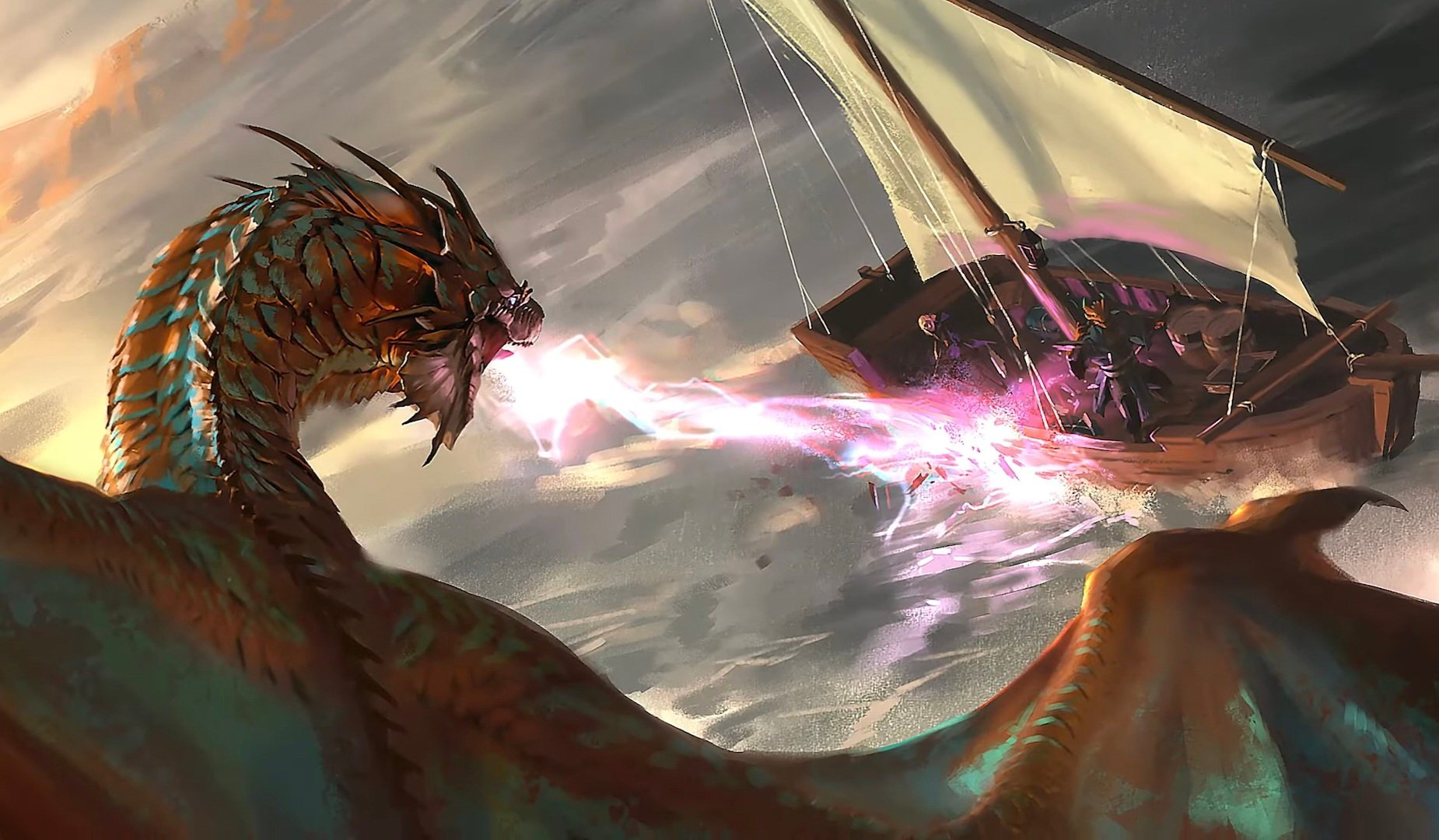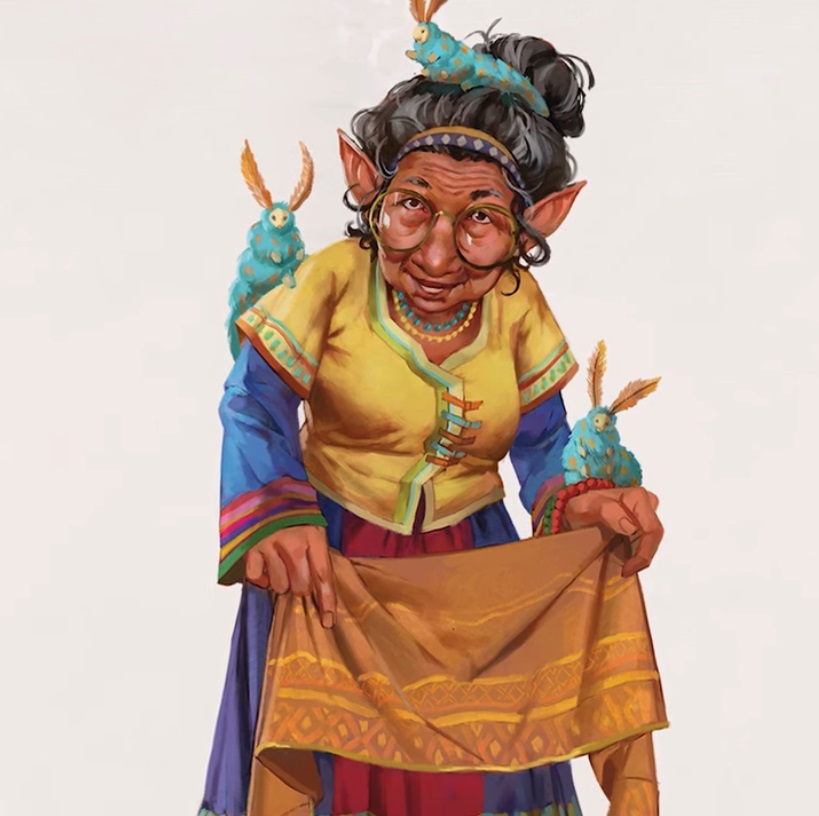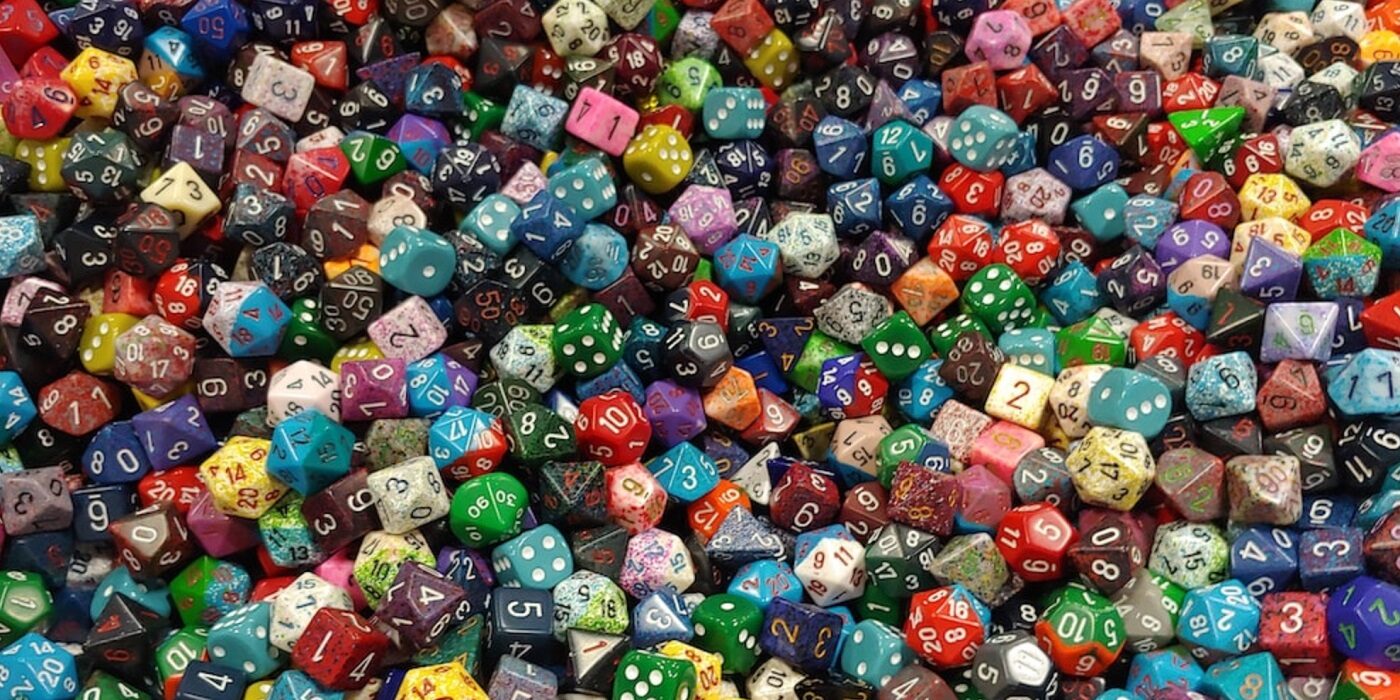Immersion, investment, engagement—there are plenty of words for it, but that feeling when your players are steeped in your world is magical.
One of the best parts about being a DM is that feeling you get when your players are just into your game. Maybe it’s the setting, maybe it’s the story you’re telling, maybe it’s the encounters you build, or the weird little voices you do for your NPCs. Whatever the case, when your players are leaning in to the game. To the world. To each other, that’s a feeling unlike any other you’ll get in D&D.
You know you’re doing a good job running a game when the players show up around the table and answer “so what do you do now” before the question’s even been asked. It’s a sign that they’re invested in the game enough to think about it away from the table. Getting to that point is an art as much as a science, but here’s a few things you can try.
Let Your Players Have Goals
One of the best things you can do to steep players in your world, is to let them/encourage them to have their own goals. This doesn’t work with every campaign style, obviously. But a little room to pursue whatever endeavours at the beginning, can pay dividends in terms of immersion later on down the line. It’s one of the easiest ways you can get your players invested in the game. Once they start setting goals and trying to achieve them, the game can basically run itself.
But how do you manage that? A good way can be to make a show of “widening” the game’s focus, at least for a time. Kind of like how in a game like Red Dead Redemption, you can feel the main story broaden a little when you’re given more control over what you do and where you go. You can signal that verbally to your players by saying, “for now, it seems, your time is your own – what will you do” or something like that.
Build That World
Good news, another great way to get players to lean in to your game is by doing a bunch of fun worldbuilding. Which, if you’re a DM, odds are good you already have. Here’s the only kicker: the worldbuilding has to be something that can give players “feedback” that poking around in the lore is worth doing it.
This could mean a number of things. A classic thing can be having a mural or fresco or other big piece of art that hints to where a treasure is. That’s feedback. Or maybe you have some kind of lore that provides players with a cool spell or special ability if they can figure out how to make use of it. It’s all about giving players levers they feel they can push and see the effects of. The trick is to give them enough cues that the world is reacting to what they do.
Ask About Their Characters
This one is short and sweet—but it can be very strong. The goal here is to get your players thinking about their characters. To do that, you first have to get them actually playing them. One quick way you can get your players thinking in character is to keep asking them stuff in character. This can be something as simple as recording initiative with character names, and speaking to your players as though they’re the character.
And once you’ve done that you can just have characters start asking them about what they want. Make it an in-game conversation—maybe the players have done something impressive and saved the town from a rampaging monster. Or have made a newfound ally—it can be easy to set a little scene where the goal is to just talk about character things. Have a barkeep notice them coming in, and offer up an ale and ask, “so why do you adventure anyway? What do you want?” Ask them questions that get them thinking about their characters—but have it come from the world of the game. You might be surprised at how effective that can be.
Create Opportunity to Play Characters
Once you’ve gotten your players thinking about their characters (because NPCs have been asking them stuff) you can start figuring out how to put together a scene where the whole goal is to let the characters be themselves. Give them something in-game to talk about. Maybe it’s one of the aforementioned interesting ideas in the world, maybe it’s something political; You’ll have to try and get a sense of what your particular group is into, but once you have picked up on it, give them something that their characters will have opinions about.
Let the Dice Have Their Way
Finally, I think the biggest way to get people to feel like they’re leaning into your world is the feeling that it is a surprise. A surprise to you as much to them. That feeling when the game is skittering on the edge of being out of control is what we strive for.
It’s what separates RPGs from video games. There’s the very real possibility that anything can happen. And when dice are involved, it feels like fate. It adds a certain narrative heft – because it’s not you the DM making a decision, it’s the dice falling one way or the other leading to consequences and rewards as you collectively discover at your table.
After all, we love it when you roll a big number! All part of building an epic adventure!
Don’t Miss:
Read more at this site





